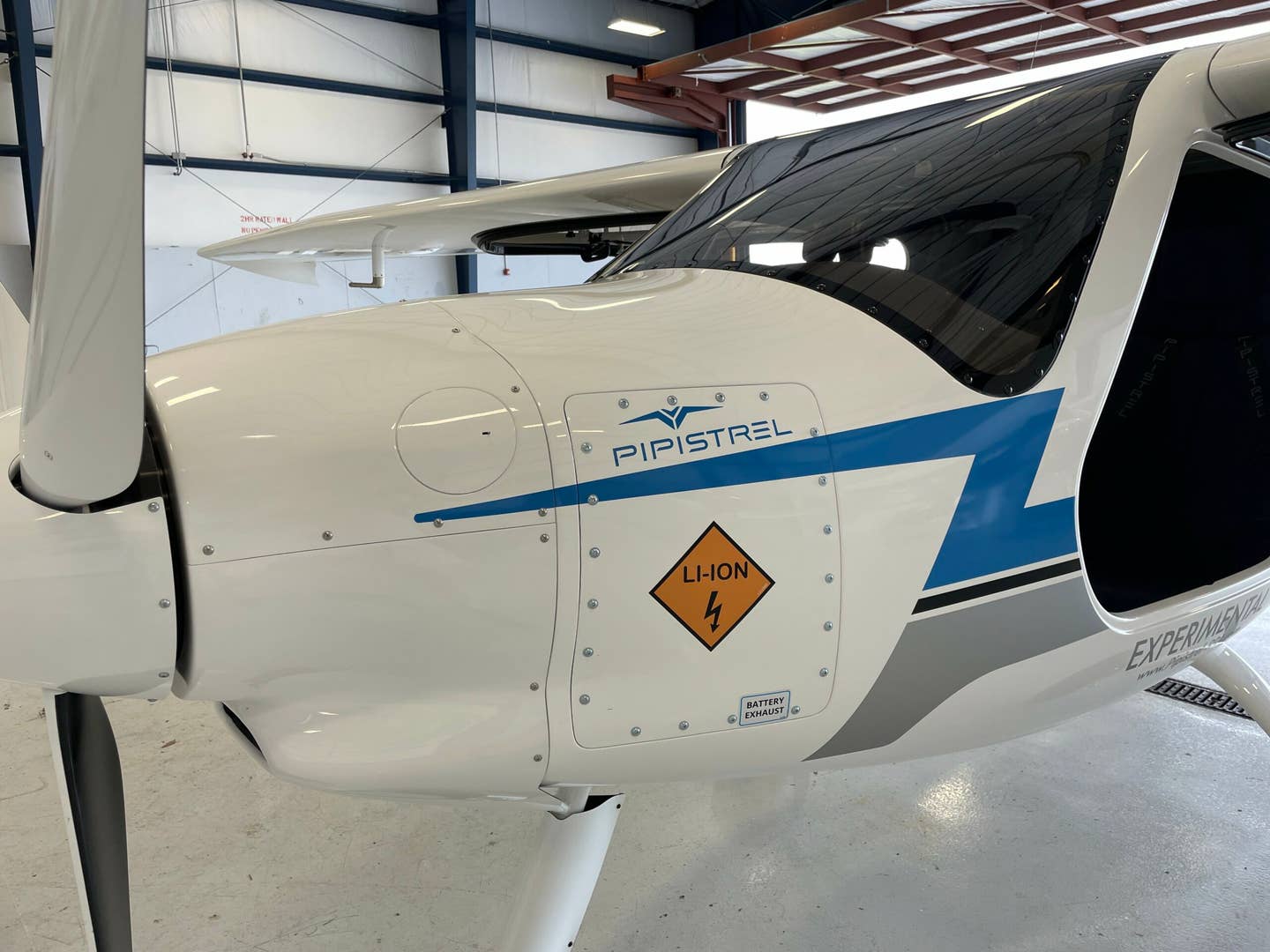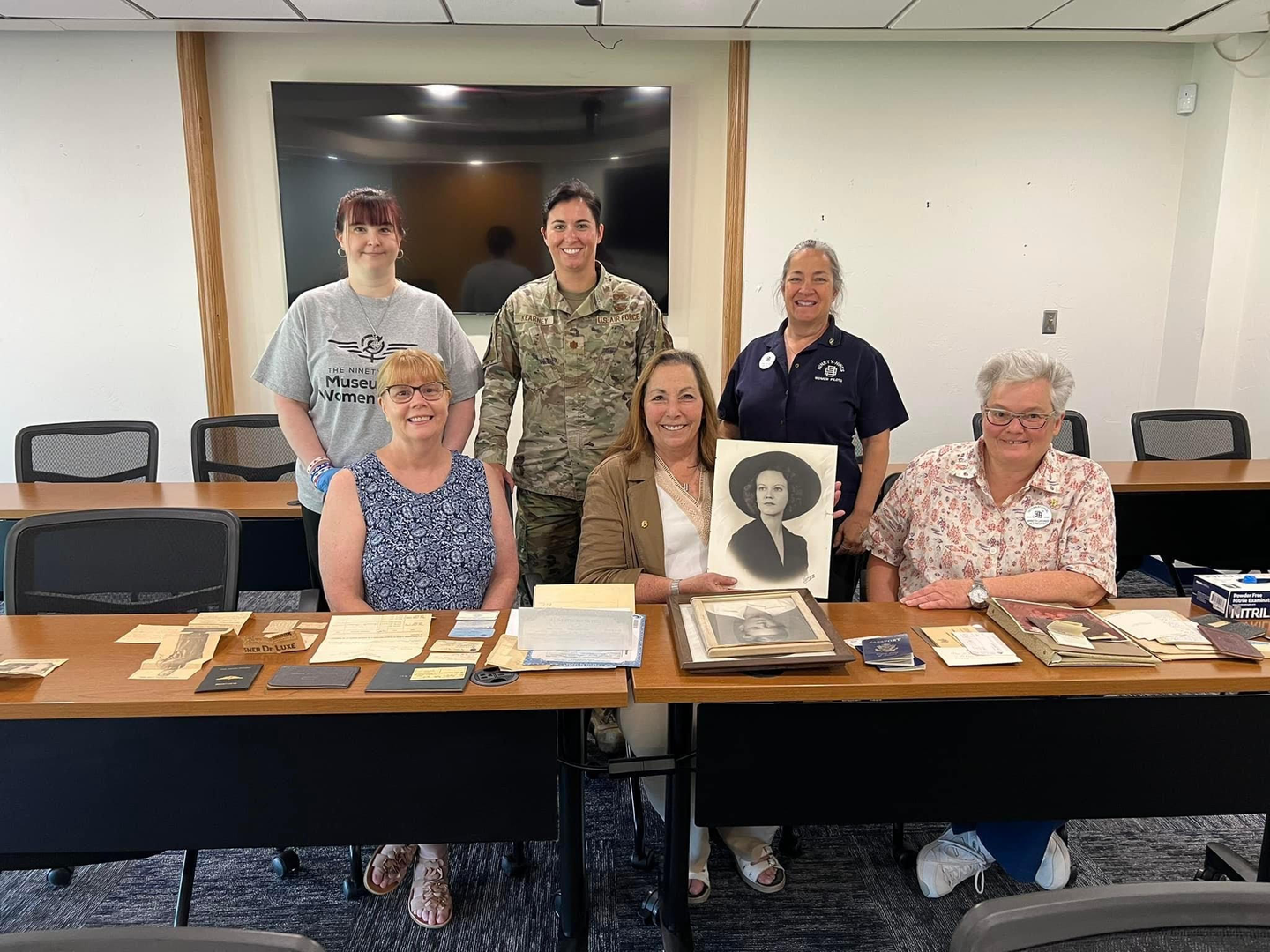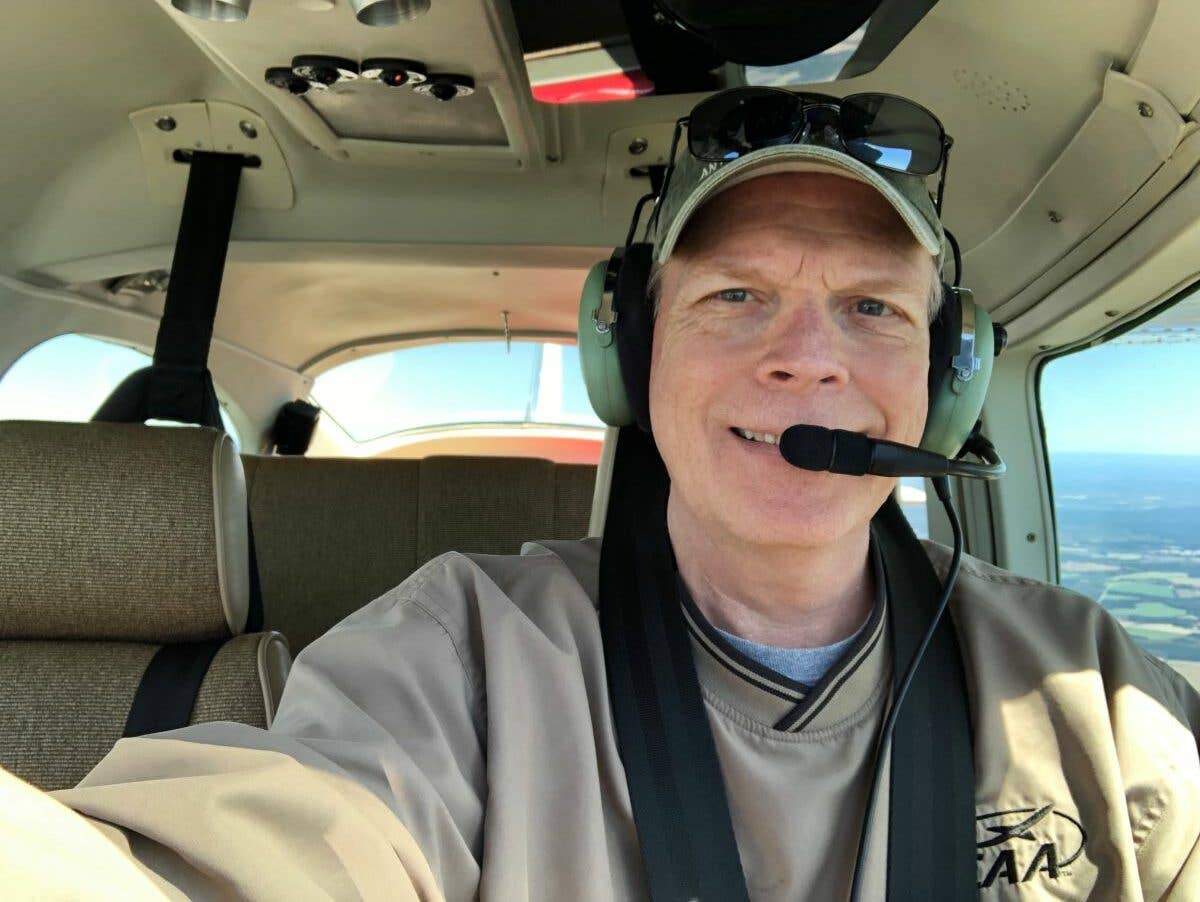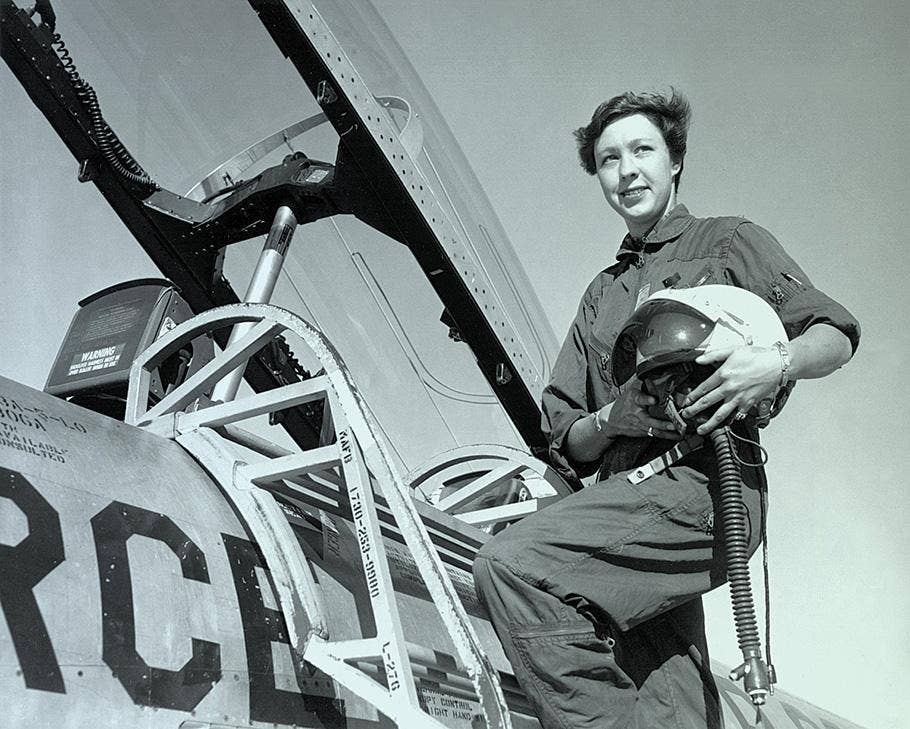My First Electric Flight
Does the Pipistrel Velis Electro have a place in flight training right now?

The Pipistrel Velis Electro takes on a charge between flights. That can last from 60 minutes to two hours depending on the outlet and charging unit used. [Photo: Julie Boatman]
“We can just pull the power to off while we finish getting ready.”
It took me a second to register what Andy Chan of Right Rudder Aviation meant as we completed steps in the before takeoff checklist. For a number of reasons—the electric motor doesn’t need to “warm up,” and we want to preserve every bit of battery juice for the flight ahead—it makes sense to “throttle back” to zero once we’d checked the battery status and a few other items.
Just one of many aha moments on my first electric-powered flight in Pipistrel’s Velis Electro.
A Lot of Questions
The Velis Electro has been EASA-certified for more than a year, and it operates under LSA rules in the U.S. Can this fully electric airplane hold its own in flight training right now? Or does it need another evolution of battery technology to find a place in a school’s lineup?
With Textron Aviation’s recent purchase of Pipistrel, those questions take on more significance. What exactly did TextAv get? Is the Velis Electro a solution for economical, sustainable flight training as it stands, or has the company invested in a platform with limited applicability in pilot development programs, as the Cessna Skycatcher has been viewed?
Taking It to the Sky
The act of flying requires committing ourselves to the air and testing out the numbers derived on engineering plans. We can pencil it out, but until we put our soul in the seat, those figures remain abstract.
So, when Chan offered me a flight from the Inverness Airport (KINF) in the Velis Electro following Sun ’n Fun Aerospace Expo last week, I jumped at the chance. With caution? As it turned out, not really, and once we left the pattern with the airplane, I understood why.
My mind switched over to “glider mode”—not because I had any lack of confidence in the electric powerplant in front of me, spinning a composite, three-blade, fixed-pitch propeller, also made by Pipistrel. I’ve flown behind enough piston engines to feel a healthy sense of skepticism about them all. Props stop for a lot of reasons. No, something else was going on in my pilot brain.
Power Management
The Velis Electro carries a maximum power rating of 65 kWh, which allows for a quick takeoff roll (around 1,000 feet on the 80 degree F morning) and an initial sea-level climb not unlike that of a Cessna 152. But like most powerplants, you don’t keep the engine at maximum power for very long if you want to have any range—nor if you want to preserve engine life.
Upon reaching 75 knots indicated and a couple hundred feet agl, Chan had me pull the lever back to 40 kWh—more than enough to sustain our climb at a comfortable airspeed. Our endurance leapt from a mere 24 minutes to somewhere around 35 minutes. Once reaching 2,500 feet msl, I reduced the power again to 20 kWh, and we had 45 minutes, with 80 percent of the battery life remaining (there are two sets within the airframe).
We’d already been operating as a “flight lesson” for about 15 minutes, if you include the normal engine start, taxi, runup, takeoff, and climbout for an average training flight. I took the airplane through a series of maneuvers—slow flight, steep turns, stalls, and a lazy eight, for grins—and we still had some time to play before we would need to head back to the pattern for a few landings. It felt like the outlines of a normal pre-solo lesson.
Looking for Lift
But there was an additional factor I hadn’t considered until I cast around the central Florida landscape looking for cloud streets: We could gain time in the air if we found lift. I started thinking back to my initial glider training, and I recalled how every flight began, once off tow, with the same search and calculus towards buying a little more time aloft.
It was an entirely comfortable feeling—provided I stayed within my mentally drawn range of the airport. And I mentioned it to Chan, and he agreed—he’s a glider instructor as well as an airplane CFI—glider pilots would likely grasp the concept of power (and lift) management better than most others transitioning to the airplane.
And then I thought, “Why aren’t we training all of our students to think of endurance in this way?” Perhaps some instructors do. Fuel exhaustion accidents make up an embarrassingly large percentage of those that general aviation incurs each year. We could use a rethink in this area of decision-making—there’s nothing magical about dead dinosaur juice for stretching aircraft range beyond a hard limit.
What About Cross-Country Flights?
Chan is up front about where the Velis Electro fits into his flight school operation—as a pre-solo trainer complemented by the Electro’s traditionally powered Virus, with a Rotax 912 S3 engine—for the cross-country portion of the syllabus.
“If there’s one big obstacle to using the Velis Electro in its current mode, it’s the delay incurred by needing to charge the battery fully between flights...”
He maintains that the current Velis Electro serves as an intermediate step that allows aviation training organizations (ATOs) to reduce costs and carbon footprint on the way to a zero-emissions world sometime in the future.
He’s adding to this with a plan to incorporate solar energy into Right Rudder Aviation’s physical plant in the near term. While he trailered the Velis Electro back to Inverness from Lakeland after the show, he could have made the flight comfortably, in his estimation—he just had too many airplanes to move in the post-event shuffle.
But What About the Recharge?
If there’s one big obstacle to using the Velis Electro in its current mode, it’s the delay incurred by needing to charge the battery fully between flights, a process that takes between one and two hours, depending on the outlet and charging unit used. While a one-hour turnaround isn’t out of line—given the time it often takes to call the fuel truck and make the debrief/re-brief exchange typical at many schools—two hours makes for a long wait between lessons.
Swapping out battery packs is a future solution to this, or staggering lessons between the Velis Electro and its traditionally powered partner. But it still feels like it would work well—for now—in a boutique operation rather than a high-volume ATO or university program.
The Velis Electro features an empty weight of about 940 pounds (with batteries). Maximum weight is an artificially limited 1,320 lbs, when operated as an S-LSA in the U.S. Because of its EASA provenance and certification, it likely has room to grow beyond that. But Chan wouldn’t say yet.
For This Moment
The Velis Electro is fun to fly, with benign handling characteristics, and should adapt well into a primary training curriculum. Will its specific application be enough for early-adopting schools to take it on? That may be answered in part by the strong interest Chan says was expressed by such organizations at Sun ‘n Fun this year.
All told, we need these intermediate steps in order to make progress on our path towards sustainable aviation. I have a feeling this challenge is ripe for an S-curve leap in technology—or more creative solutions such as the one currently in progress with Pipistrel.

Sign-up for newsletters & special offers!
Get the latest FLYING stories & special offers delivered directly to your inbox






